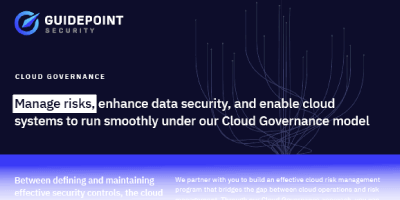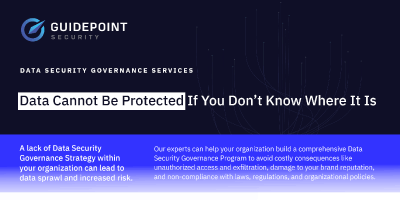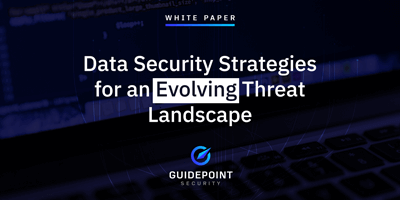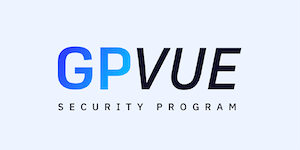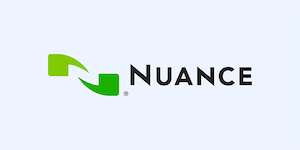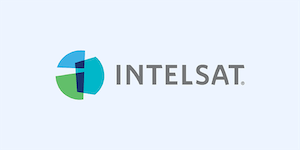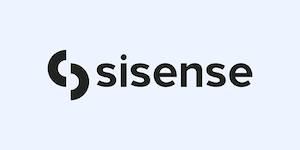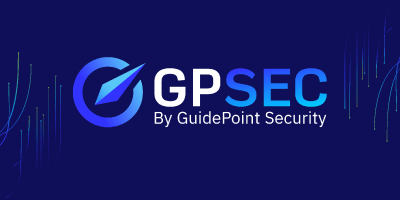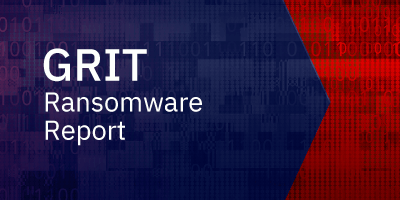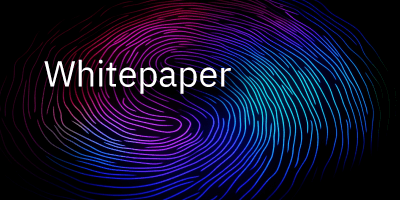How Does Cloud Penetration Testing Differ from Standard Penetration Testing?
Traditional penetration testing methodologies are not cloud-native and only focus on processes relevant to on-premise environments. Cloud penetration testing also requires unique and specific expertise different from standard penetration testing. For example, cloud penetration testing would examine the security of cloud-specific configurations, cloud system passwords, cloud applications and encryption, APIs, databases, and storage access. Cloud penetration testing is also influenced by the Shared Responsibility Model, which defines who is responsible for the components within a cloud infrastructure, platform, or software.
What is the Purpose of Cloud Penetration Testing?
Cloud penetration testing is designed to assess the strengths and weaknesses of a cloud system to improve its overall security posture. Cloud penetration testing helps to:
- Identify risks, vulnerabilities, and gaps
- Impact of exploitable vulnerabilities
- Determine how to leverage any access obtained via exploitation
- Deliver clear and actionable remediation information
- Provide best practices in maintaining visibility
What are the Benefits of Cloud Penetration Testing?
Cloud penetration testing helps organizations improve their overall cloud security, avoid breaches, and achieve compliance. In addition, organizations will gain a more comprehensive understanding of their cloud assets, in particular, how resistant the current cloud security is to attack and whether vulnerabilities exist.
Cloud Penetration Testing and the Shared Responsibility Model
Cloud penetration testing within the context of the shared responsibility model involves the examination of security in the cloud, instead of the security of the cloud. As illustrated in the figure below, the security of certain cloud components remains within the control and management of the cloud service provider (CSP), and the security of other components falls within the scope of the customer. A customer’s “service level agreement” (SLA) defines the type and scope of cloud penetration testing that is allowed and how frequently cloud pen testing can be done.
Cloud Penetration Testing within the Shared Responsibility Model
| Infrastructure as a Service (IaaS) | Platform as as Service (PaaS) | Software as a Service (SaaS) |
| User Access/Identity | User Access/Identity | User Access/Identity |
| Data | Data | Data |
| Application | Application | Application |
| Operating System | Operating System | Operating System |
| Virtualization | Virtualization | Virtualization |
| Network | Network | Network |
| Infrastructure | Infrastructure | Infrastructure |
| Physical | Physical | Physical |
| Customer/Client Security Responsibility |
| Cloud Service Provider Security Responsibility |
Types & Methods of Cloud Penetration Testing
Cloud penetration testing will examine attack, breach, operability, and recovery issues within a cloud environment. Different types of cloud penetration testing include:
- Black Box Penetration Testing — Attack simulation in which the cloud penetration testers have no prior knowledge of or access to your cloud systems.
- Grey Box Penetration Testing — Cloud penetration testers have some limited knowledge of users and systems and may be granted some limited administration privileges.
- White Box Penetration Testing — Cloud penetration testers are granted admin or root-level access to cloud systems.
Cloud pen testing can also involve a Cloud Configuration Review.
AWS and Azure Cloud Penetration Testing
Amazon Web Services (AWS) and Microsoft’s Azure are two of the common cloud-based services that organizations use to support business activities in the cloud. Both AWS and Azure permit penetration testing relative to any infrastructure the business is hosting on the AWS or Azure platform as long as those tests fall within the list of “permitted services”. The “rules of engagement” for penetration testing on AWS and Azure can be found at these links:
- Amazon Web Services Penetration Testing
- Azure Penetration Testing
- Google Cloud Platform Penetration Testing
- Oracle Cloud Penetration Testing
Cloud Penetration Testing Scope
Security professionals engaged in cloud penetration testing will typically examine three areas of scope: the cloud perimeter, internal cloud environments, and on-premise cloud management, administration, and development infrastructure.
The Stages of Cloud Penetration
Cloud penetration testing often takes place in three stages—evaluation, exploitation, and remediation.
- Stage One: Evaluation — Cloud penetration testing experts engage in cloud security discovery activities, such as cloud security needs, existing cloud SLAs, risks, and potential vulnerability exposures.
- Stage Two: Exploitation — Using the information from stage one, testing experts combine information obtained during evaluation with any relevant penetration testing methodologies focusing on exploitable vulnerabilities. This focus will assess your cloud environment’s resiliency to attack, the coverage of your security monitoring, and your detection capabilities’ efficacy.
- Stage Three: Remediation Verification — Cloud penetration testers perform a follow-up assessment to ensure that the exploitation phase’s remediation and mitigation steps have been accurately implemented. This also enables the testers to confirm that the customer’s cloud security posture is aligned with industry best practices.
Cloud Security Testing Methodologies
With a standardized cloud pen testing methodology, businesses can consistently assess the security of their cloud-based applications and infrastructure; this is indispensable due to the increasing reliance on cloud services for data storage, processing, and management.
Our pen testers follow standardized methodologies to simulate instances of cloud hacking and gauge the robustness of your cloud architecture and associated systems. They then systematically evaluate your security controls and pinpoint vulnerabilities to recommend the next steps.
Key testing methodologies:
- OSSTMM (Open Source Security Testing Methodology Manual): Measures the operational security of information and data controls, personnel security awareness levels, levels of social engineering and/or fraud, networks, and physical access controls.
- OWASP (Open Web Application Security Project): OWASP provides tools and resources for conducting rigorous testing of online systems, including cloud pen testing tools to conduct tests of systems in the cloud.
- NIST (National Institute of Standards and Technology): NIST is widely recognized and followed globally and provides guidelines, standards, and testing methods for security, including cloud computing security.
- PTES (Penetration Testing Execution Standard): PTES provides procedures for conducting penetration tests and contains seven stages: Pre-engagement Interactions, Intelligence Gathering, Threat Modeling, Vulnerability Analysis, Exploitation, Post Exploitation, and Reporting.
Most Common Cloud Security Threats
Cloud penetration testing can help prevent these most common types of cloud security threats:
- Misconfigurations
- Data Breaches
- Malware/Ransomware
- Vulnerabilities
- Advanced Persistent Threats (APTs)
- Supply Chain Compromises
- Insider Threats
- Weak Identities and Credentials
- Weak Access Management
- Insecure Interfaces and APIs
- Inappropriate Use or Abuse of Cloud Services
- Shared Services/Technology Concerns
Cloud Penetration Testing Best Practices
There are a few tips that can help ensure your cloud penetration testing activities provide the best possible security outcomes:
- Work with an experienced provider of cloud penetration testing — While many of the methods associated with cloud penetration testing are similar to those used in standard penetration testing, different areas of knowledge and experience are required.
- Understand the Shared Responsibility Model — Cloud systems are governed by the Shared Responsibility Model which defines the areas of responsibility owned by the customer and the cloud service provider (CSP).
- Understand any CSP Service Level Agreements (SLAs) or “Rules of Engagement” — Your cloud service provider’s SLA will provide details on the “rules of engagement” related to any kind of penetration testing involving their cloud services.
- Define the scope of your cloud — Understand what components are included in your cloud assets to determine the full scope of the cloud penetration testing that will be needed.
- Determine the type of testing — Know which type of cloud penetration testing (e.g. white box, gray box, or black box) your business would like conducted.
- Codify expectations and timelines for both your security team and an external cloud pen testing company — Know your business’ responsibilities and those of the external cloud penetration testing company, including receipt of reports, remediations, and follow-up testing requirements.
- Establish a protocol for a breach or live attack — Have a plan in place if the cloud penetration testing company determines that your company has already been breached or if they happen upon an ongoing attack.
Next Steps
As you begin the cloud penetration testing process, it is important to spend some time understanding the scope of your cloud services and assets, the shared responsibility model, and how best to approach cloud penetration testing within the context of your organization’s risks and obligations. Cloud penetration testing requires a unique level of knowledge and experience, so consider working with a cloud security provider that possesses expertise specifically in cloud penetration testing. Schedule a customized security consultation today with one of the GuidePoint Security experts to help you determine your cloud penetration testing needs.

